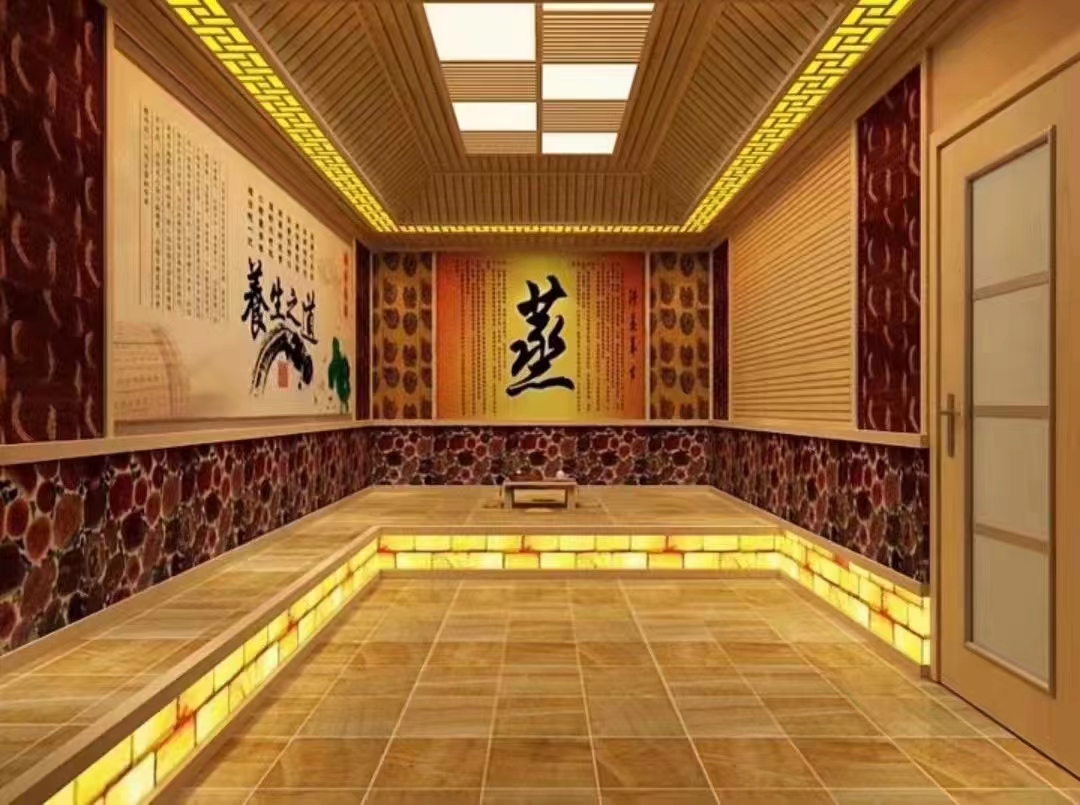
Saunas are a wonderful addition to any home or wellness facility, providing relaxation and numerous health benefits. However, in a place like Louisiana with its notoriously high humidity levels, ensuring that the materials used in a sauna room can withstand these conditions is crucial. Here are some key considerations and strategies to achieve this.
Louisiana's climate is characterized by consistently high levels of humidity throughout the year. This poses a significant challenge for sauna room materials as excessive moisture can lead to a range of issues. Wood, which is a commonly used material in saunas, can warp, rot, or develop mold and mildew if not properly protected. Other materials such as benches, flooring, and even the heating elements may also be affected. The high humidity can cause metal components to rust and deteriorate, reducing the lifespan and safety of the sauna. Additionally, the adhesive and sealants used in the construction of the sauna may lose their effectiveness, leading to leaks and structural integrity problems.
When it comes to the frame and interior panels of the sauna, the type of wood selected is of utmost importance. Cedar is a popular choice as it has natural resistance to moisture and decay. Its aromatic properties also add to the overall sauna experience. Redwood is another excellent option, known for its durability and ability to withstand harsh conditions. Both of these woods have tight grain structures that help prevent water absorption. It's essential to ensure that the wood is of high quality and properly kiln-dried to further reduce its moisture content. Avoid using softwoods like pine, which are more susceptible to damage from high humidity.
For the benches and seating in the sauna, stainless steel or teak are good alternatives. Stainless steel is highly resistant to corrosion and can handle the humid environment well. Teak, on the other hand, is a hardwood that contains natural oils that repel moisture. It also has a beautiful appearance and provides a comfortable seating surface. If using wooden benches, make sure they are made from the same moisture-resistant wood as the sauna frame and are properly treated with a sealant or finish to enhance their durability.
The flooring of the sauna should also be able to withstand the high humidity. Ceramic tiles or slate are excellent choices as they are non-porous and resistant to moisture. They also provide good thermal conductivity, which is important for maintaining the heat in the sauna. Another option is a special sauna flooring material that is designed to be moisture-resistant and slip-resistant. These materials are often made from a combination of polymers and other additives that can withstand the harsh sauna environment. Avoid using carpet or other porous flooring materials as they can absorb moisture and become a breeding ground for mold and mildew.
The heating elements in the sauna should be specifically designed for high humidity environments. Look for models that are made from corrosion-resistant materials such as stainless steel or titanium. Additionally, all electrical components should be properly sealed and insulated to prevent moisture from causing short circuits or other electrical problems. Accessories such as light fixtures, thermometers, and hygrometers should also be chosen with moisture resistance in mind. LED lights are a good option as they are energy-efficient and less likely to be affected by humidity compared to traditional incandescent bulbs.
Proper installation is key to ensuring the longevity of the sauna room materials. When constructing the sauna, make sure all joints and seams are properly sealed with high-quality silicone sealants or other appropriate waterproofing materials. The walls and ceiling should be insulated to prevent condensation from forming on the interior surfaces. Ensure that the ventilation system is installed correctly to allow for proper air circulation and moisture removal. This will help to reduce the humidity levels inside the sauna and prevent excessive moisture buildup on the materials.
Regular maintenance is essential to keep the sauna room materials in good condition. After each use, wipe down the surfaces with a clean, dry cloth to remove any moisture or sweat. Periodically inspect the wood for signs of warping, rot, or mold growth. If any issues are detected, take immediate action to address them. Treat the wood with a suitable wood preservative or sealant according to the manufacturer's instructions to maintain its moisture resistance. Clean the heating elements and other accessories regularly to ensure they are functioning properly and not affected by moisture or dirt. Additionally, check the ventilation system regularly to ensure it is working efficiently and replace any filters if necessary.
Invest in a good quality hygrometer to monitor the humidity levels inside the sauna. This will allow you to keep track of the conditions and make adjustments as needed. Ideally, the humidity level in a sauna should be between 10% and 20%. If the humidity levels are consistently too high, you may need to increase the ventilation or adjust the heating and cooling settings to reduce moisture. You can also consider using a dehumidifier in the sauna room, especially during periods of high humidity outside. However, make sure the dehumidifier is properly sized and installed to avoid any safety issues.

